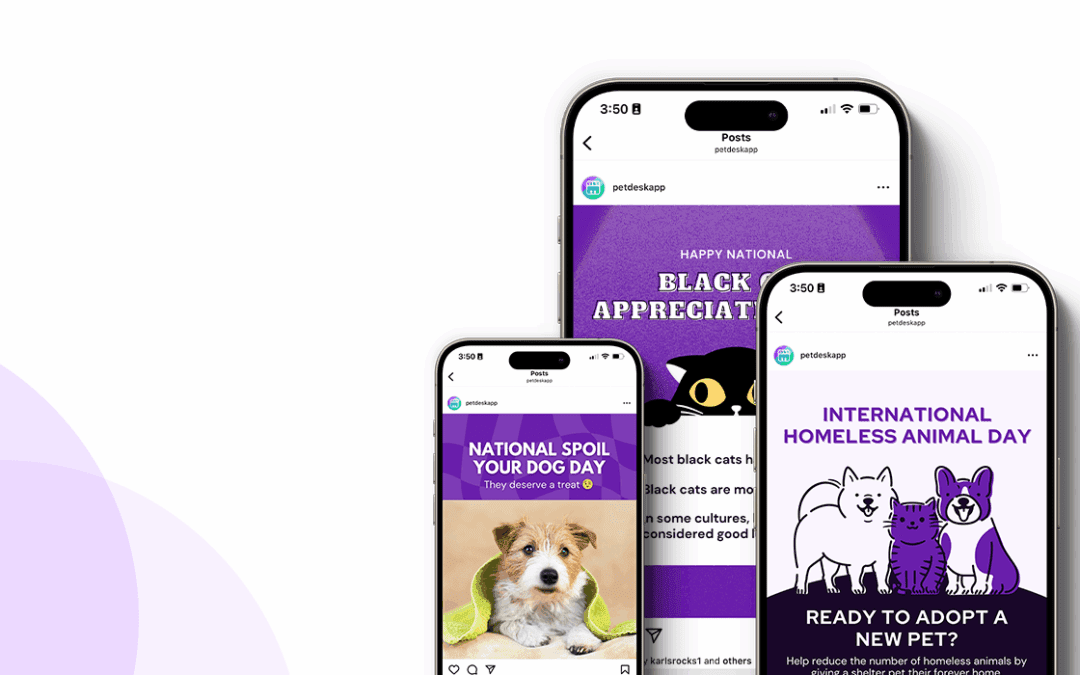1. They undermine you and doubt your expertise.
Toxic clients constantly doubt your expertise and recommendations. They question your credentials and the services your team provides, often accusing you of unfair practices. They love to speculate and they love to place blame.
2. They suck up your time.
Toxic clients will suck up all of your time. They call the clinic or email frequently, ask excessive questions, don’t show up on time, or miss appointments entirely. They are high-maintenance and demand a lot, but don’t value your time in return.
3. They make minor or major threats.
When things don’t go their way, they like to flex their self-perceived influence. They might threaten to bad mouth you to friends, write lousy reviews online, file a complaint against you, or worse. Luckily, most platforms allow you to respond to issues publicly, settle disputes privately, or block clients entirely for community violations.
4. They don’t pay you.
Problematic clients love to withhold payment for your services and might do so as a form of manipulation to get their way. They like to complain and request discounts or ask for fees to be waived. They also like to ask for services they didn’t pay for.
5. They are dishonest and manipulative.
Bad clients are dishonest. They may manipulate the truth to intimidate you and your staff, and they have no problem bending reality. Always keep a digital “paper trail” of your interactions and document everything. Train your staff accordingly on internal protocols for how to deal with difficult clients. If your staff doesn’t want to deal with a particular person, take it as a clue.
6. They disrespect and harass staff.
If a client is rude to you, they are probably rude to your staff as well. If employees dread phone calls or emails or constantly ask for feedback or advice when dealing with a particular client, take notice. These types of clients are unapologetic. It’s important to note that harassment and discrimination towards anyone is illegal and should never, ever, be tolerated.
7. They are never satisfied.
Toxic clients are never satisfied. They will always find something wrong with your clinic’s services, treatments, or fees. In addition, they rarely compromise on anything. They operate from a place of entitlement and are impossible to please.
What Are My Rights When Dealing With Bad Clients?
The good news is that you have rights. The following information, however, should not be taken as a substitute for legal advice.
States set their own guidelines around the Veterinarian-Client-Patient Relationship (VCPR), for which the American Veterinary Medical Association (AVMA) is the authority on. An important component of the VCPR is compromise. Without the ability for the veterinarian and client to compromise on a pet’s required treatment, the VCPR essentially degrades.
The VCPR can be terminated by either party at any time. This is explained in the Principles of Veterinary Medical Ethics of the AVMA, which supports client termination under certain conditions. The guidelines also state that termination must be done ethically and tactfully as follows:
Veterinarians may choose whom they will serve. Both the veterinarians and the client have the right to establish or decline a Veterinarian-Client-Patient Relationship…. As subsequent needs and costs for patient care are identified, the veterinarians and client must confer and reach agreement on the continued care and responsibility for fees. If the informed client declines further care or declines to assume responsibility for the fees, the VCPR may be terminated by either party.
Important note: Violence, verbal abuse, hate speech, unethical and unreasonable demands, and hostility or disruption of other clients in the clinic, are immediate grounds for termination of the VCPR.
How to Fire a Client
When firing a client, you may choose to send them a formal paper letter, a follow-up email, and finish with a phone call (optional). (The AVMA suggests sending a formal printed letter with a copy of the pet’s medical records.)
When composing a letter, always provide facts and refrain from emotional language. You may want to seek legal counsel and review your terms and contracts before proceeding.
Here is an example of language that you might send to a client you wish to terminate. You can further embellish or customize the language as needed:
DATE
NAME
ADDRESS
Re: Disengagement Letter
Dear [CLIENT NAME],
We wanted to let you know that as of [DATE], we will no longer be able to offer you services as a client at [BUSINESS NAME] based on the following reason(s):
- [REASON]
We strive to maintain a professional atmosphere and relationship with our clients at all times in our clinic. Please know that this decision did not come lightly.
We thank you for your business over the years and have enclosed your pet’s medical records to present to your future veterinary-care provider.
We wish you and [PET NAME] the best of luck in the future.
Sincerely,
CLINIC NAME
YOUR NAME
DATE
For more advice on how to deal with difficult clients in the clinical environment, check out Josh Vaisman and Tracy Johnson’s podcasts set to launch November 18th.






